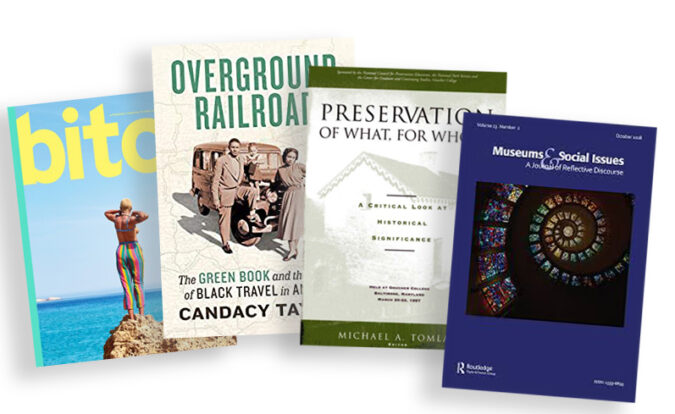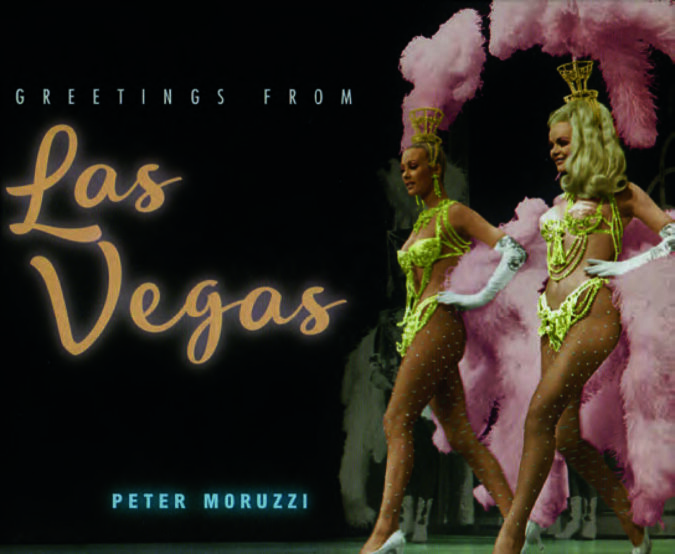Ghost Signs: Clues to Downtown New York’s Past
By Frank Mastropolo
Atglen, Pa.: Schiffer Publishing, 2019 Hardcover, 128 pages. $19.99
Reviewed by Ronald Ladouceur
 For crying out loud, you’re in Manhattan, look up. No, not at the new supertall or other showy structure trying to command your attention. But instead at the weathered, broken, and graffitied bits of commercial history that still cling to the City’s gritty surfaces. As Frank Mastropolo demonstrates in Ghost Signs: Clues to Downtown New York’s Past, you’ll be richly rewarded, for these artifacts, invisible until they aren’t, are portals in time.
For crying out loud, you’re in Manhattan, look up. No, not at the new supertall or other showy structure trying to command your attention. But instead at the weathered, broken, and graffitied bits of commercial history that still cling to the City’s gritty surfaces. As Frank Mastropolo demonstrates in Ghost Signs: Clues to Downtown New York’s Past, you’ll be richly rewarded, for these artifacts, invisible until they aren’t, are portals in time.
As they say, every picture tells a story.
 This fascinating reading list, a mixture of academic journals, books, and newspaper articles curated by SCA board members Kimberly Ellis and Irene Lule, introduces us to a range of work on the related topics of race, architecture, and travel.
This fascinating reading list, a mixture of academic journals, books, and newspaper articles curated by SCA board members Kimberly Ellis and Irene Lule, introduces us to a range of work on the related topics of race, architecture, and travel.



 Greetings from Las Vegas
Greetings from Las Vegas For crying out loud, you’re in Manhattan, look up. No, not at the new supertall or other showy structure trying to command your attention. But instead at the weathered, broken, and graffitied bits of commercial history that still cling to the City’s gritty surfaces. As Frank Mastropolo demonstrates in Ghost Signs: Clues to Downtown New York’s Past, you’ll be richly rewarded, for these artifacts, invisible until they aren’t, are portals in time.
For crying out loud, you’re in Manhattan, look up. No, not at the new supertall or other showy structure trying to command your attention. But instead at the weathered, broken, and graffitied bits of commercial history that still cling to the City’s gritty surfaces. As Frank Mastropolo demonstrates in Ghost Signs: Clues to Downtown New York’s Past, you’ll be richly rewarded, for these artifacts, invisible until they aren’t, are portals in time.